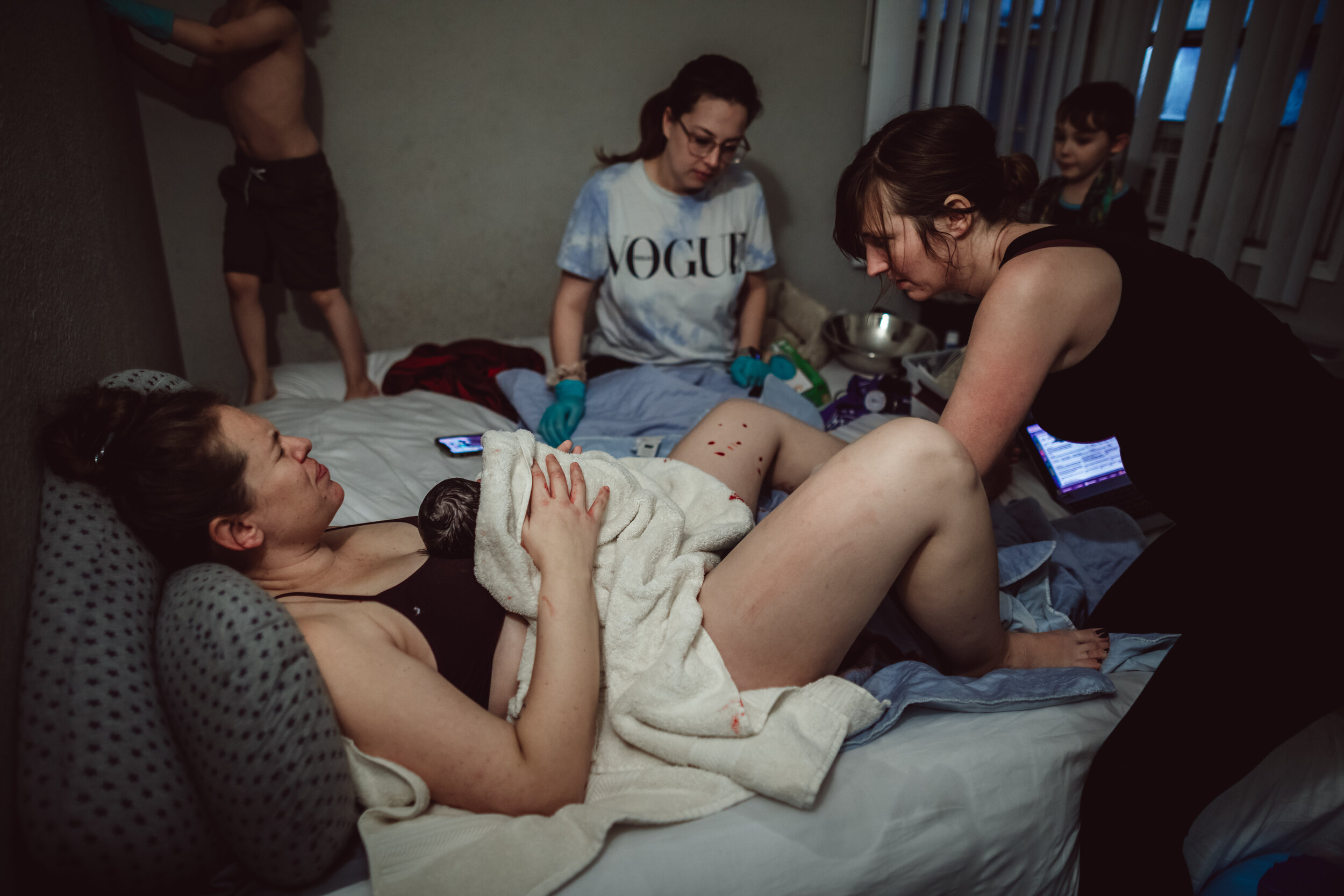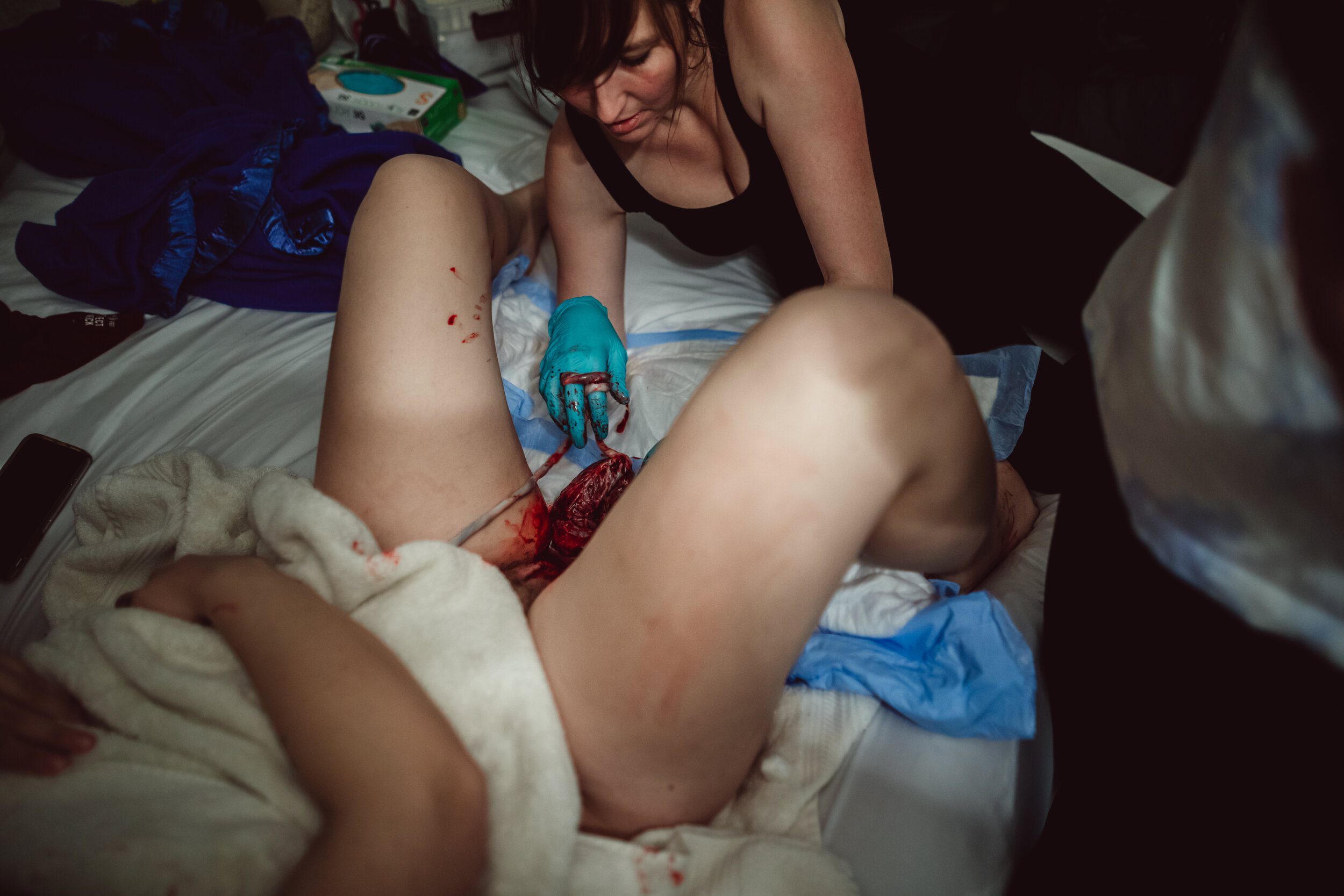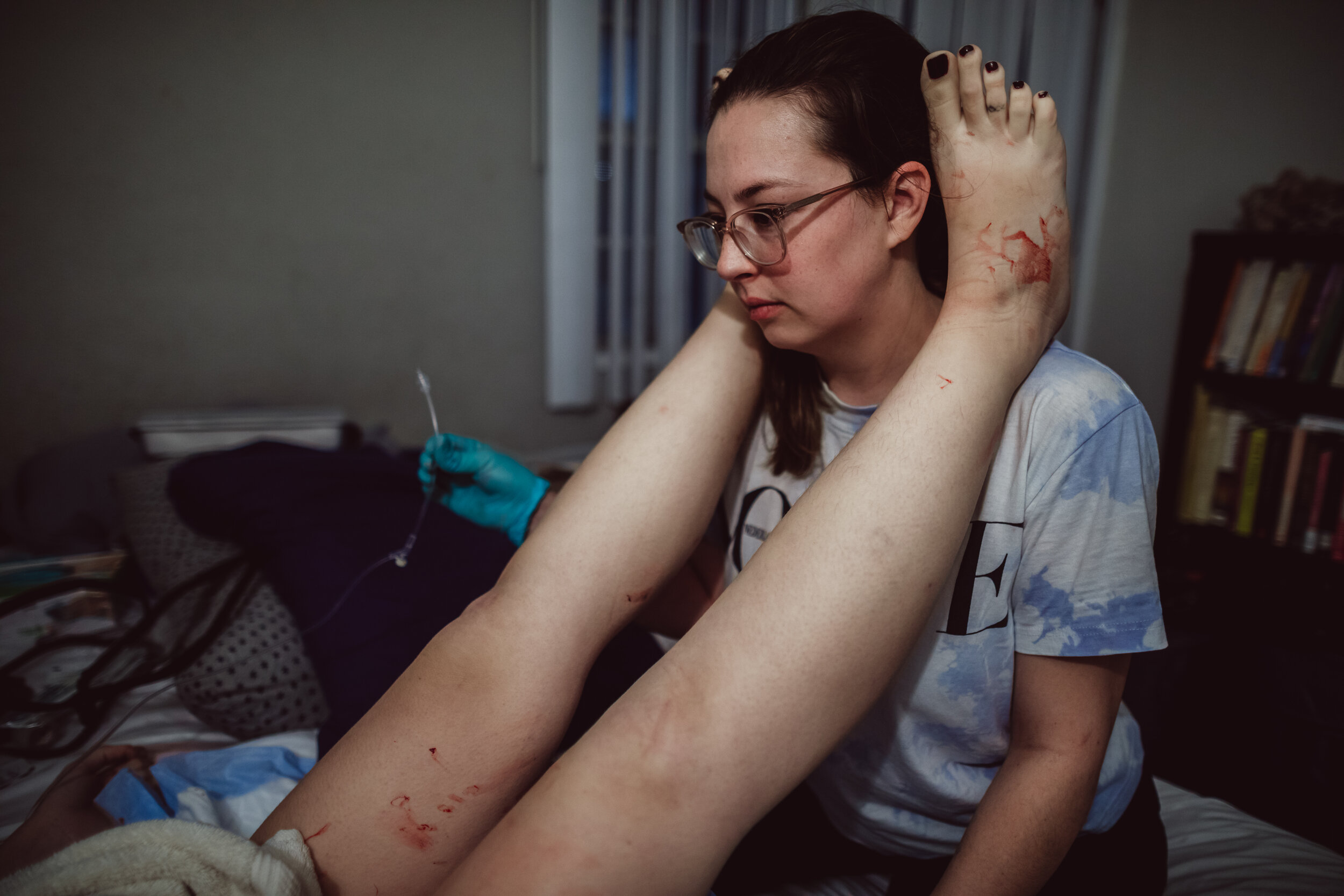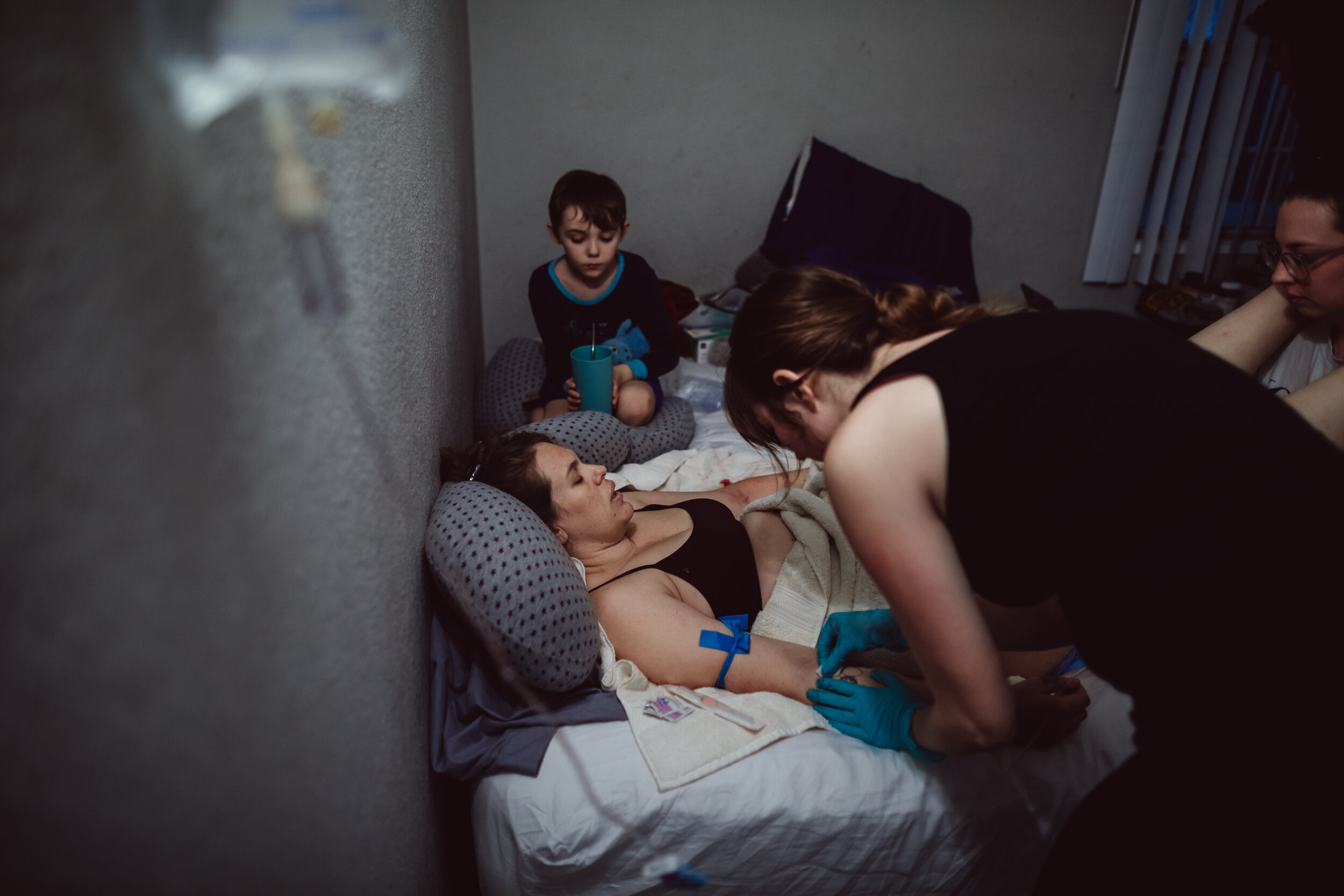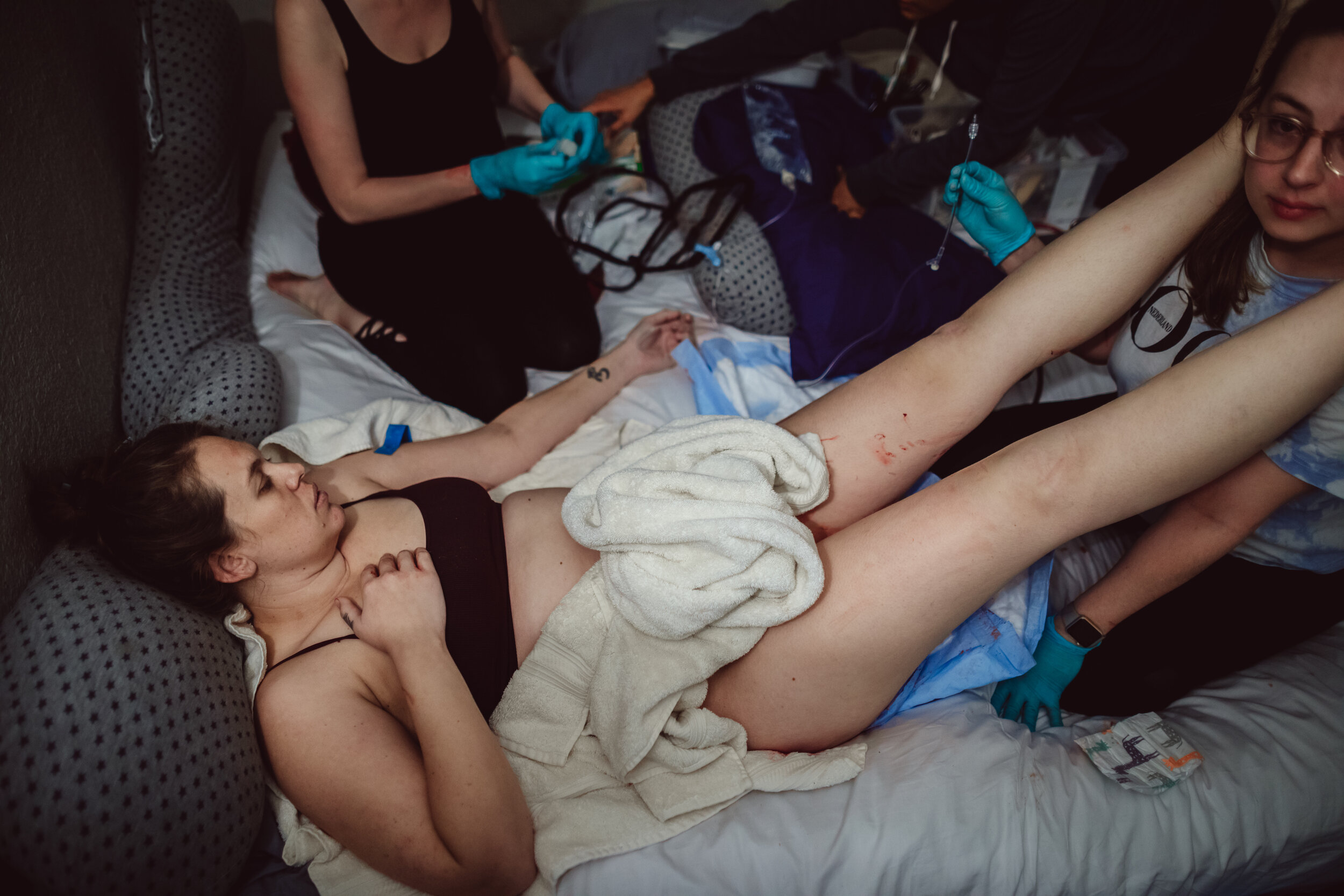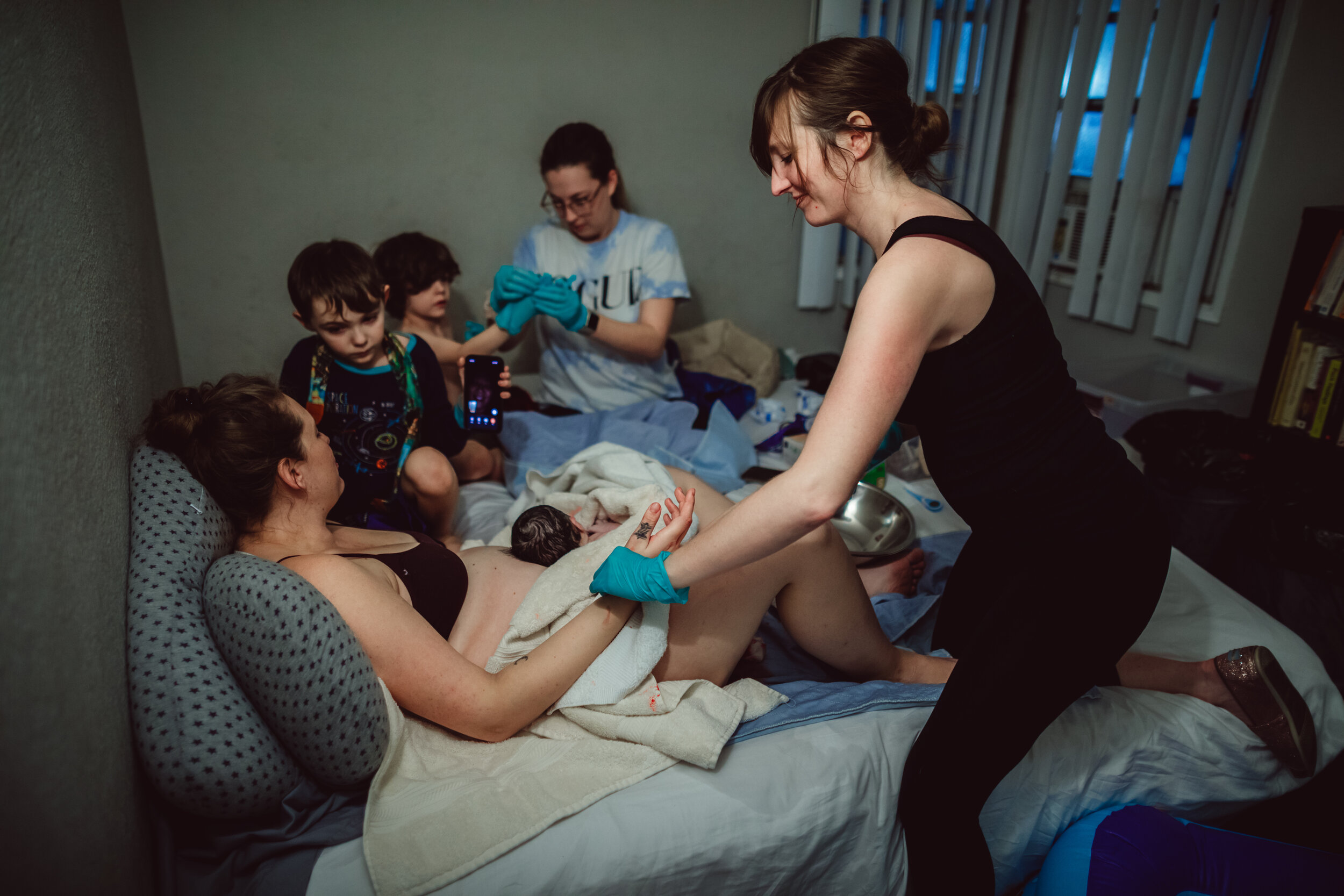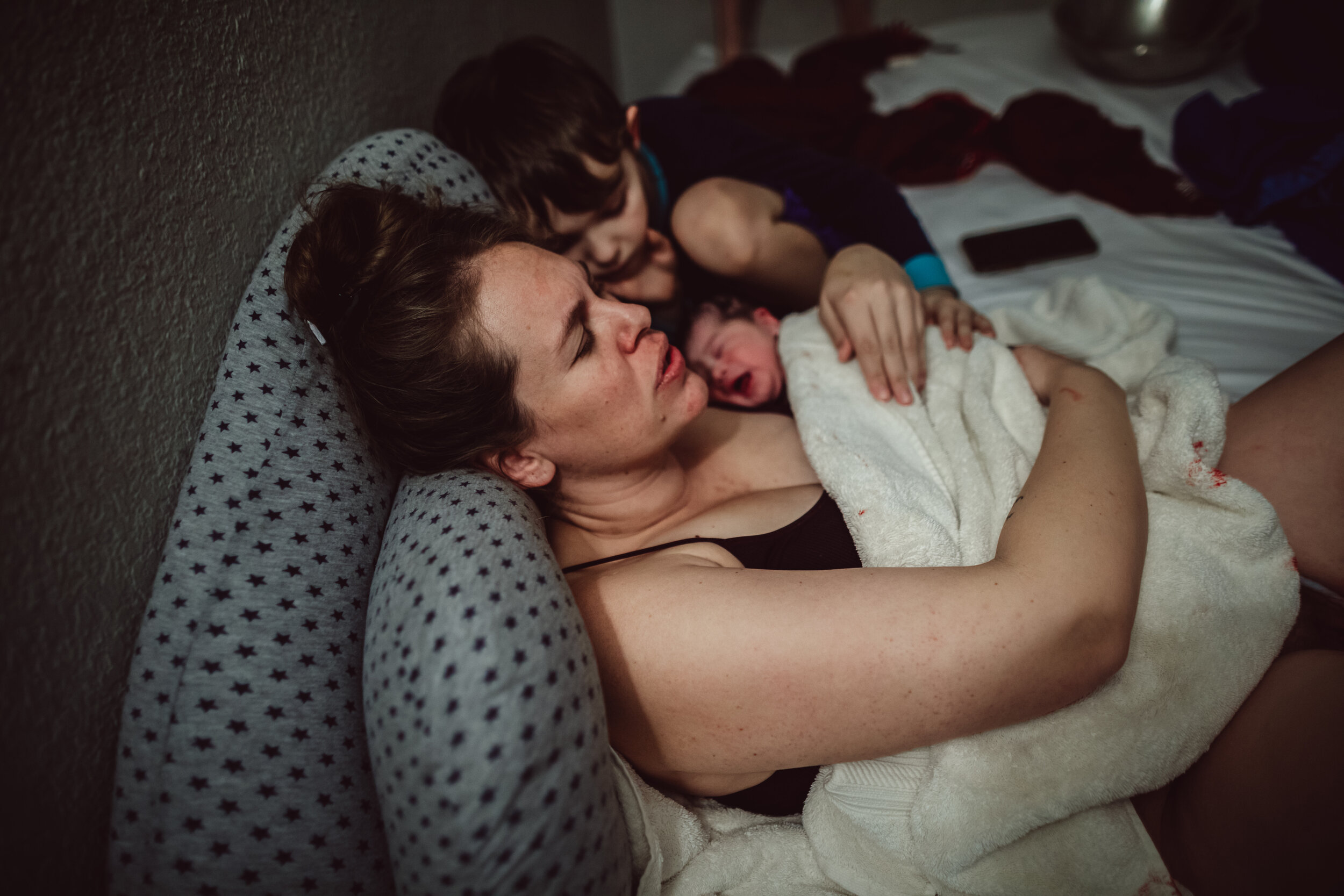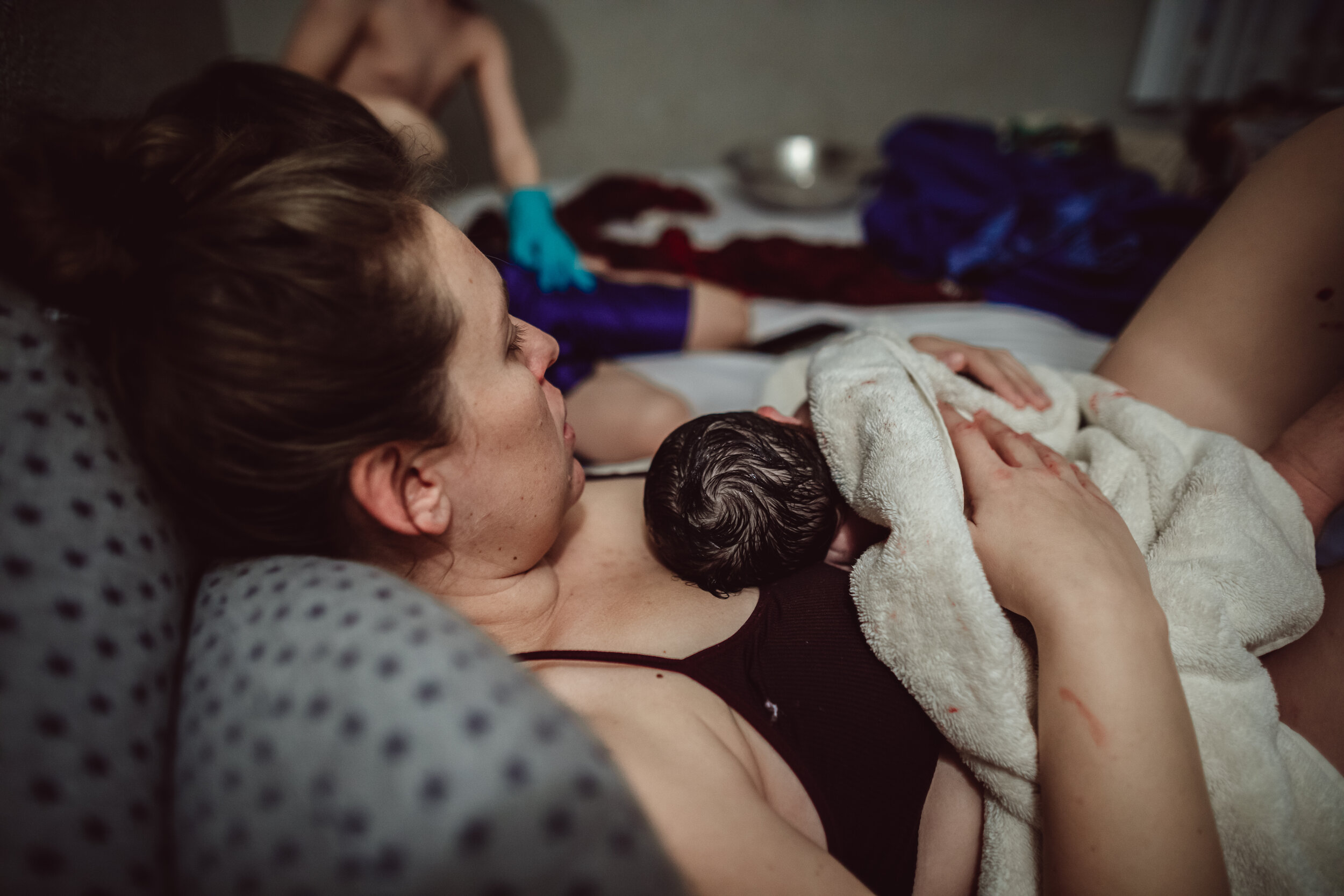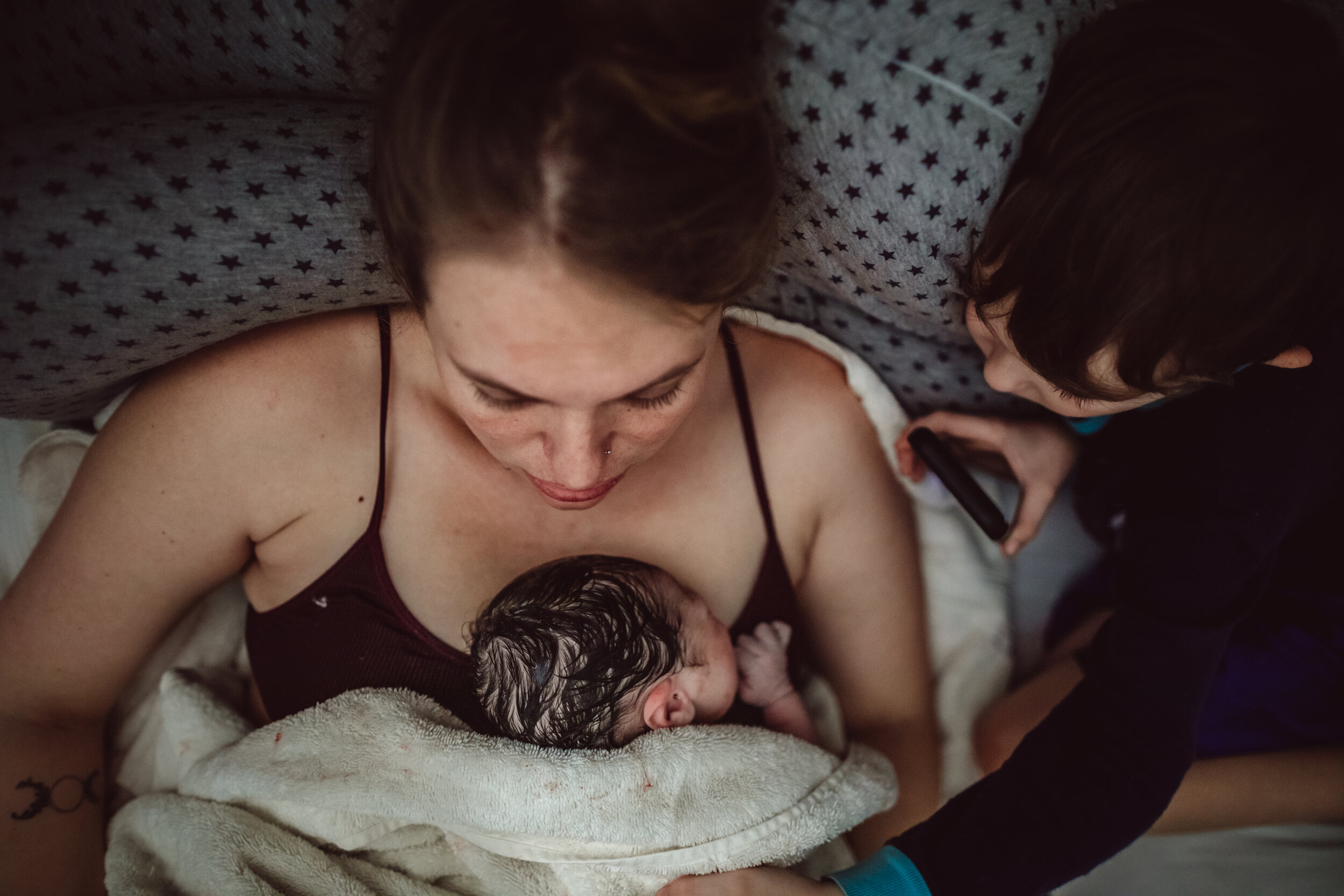Hemorrhage. Part III of My Birth Story:
Part III
**Blood and emergency birth talk**
** A bit graphic**
I felt this was an appropriate time to write part 3 of my birth story especially with the uncertainty of birthing in the hospital. A big question/concern for people is the big,” What if there’s an emergency”… well… I had a nice little emergency with mine and here it is:
This is part 3 of my birth story. I felt it needed its own space because there’s a huge misconception that homebirths are dangerous because the care providers are not skilled birth attendants or that they cannot help you in life threatening emergencies (which are also very rare on physiological birth).
1. I have a history of fast labors. A risk factor for a PPH (postpartum hemorrhage) is either really long labors or precipitous labors. My previous labors had been 5 and. Hours long do I was not too concerned with this one… but this one decided it was not taking it’s time.
2. This was an IVF pregnancy, which automatically puts you as a slightly higher statistical chance of having some minor complications related to the placenta – like retention which can cause a PPH.
3. During my time on the IVF medications, the vast amount of estrogen they had me on caused me to develop a fibroid in my myometrium, which I have never had before. This also put you in a higher likelihood to have some bleeding. Usually it’s a slower trickle that doesn’t stop but mine was in a prime spot to cause some uterine atony issues apparently.
4. My placenta attached in the anterior position (front of the uterus) and in the lower segment.
All of the above have their own minor risks of bleeding. And for me… pair that with prodromal labor (tightening of the uterus but not actual labor) followed by an incredibly quick hour-long actual labor and with some emotional issues surrounding the pregnancy and I was set up to bleed.
I had almost no blood during labor and the actual birth. One of the things I really wanted to do was deliver my own placenta. I had a separation gush while getting out of the pool that was within normal limits, but when I went to go actually deliver my placenta it was still partially attached. Normally this would not be a big issue, but I started having a slight bit of bleeding so it needed to come out so my uterus could do it’s thing. Faith go it out within the next few minutes with some pushing effort by me as it detached. The bleeding was a bit heavier than it should be and my uterus was a bit boggy so she started to massage my fundus (top of the uterus) to encourage it to clamp down. But it decided not to.
I will never forget that sound. I’ve heard it before in other birthing people but it was such a weird feeling to hear the blood dumping sound from my own body and knowing what it was. I remember thinking to myself, ‘Oh… great I’m bleeding…’ and then I heard a huge blood dumping gush and felt blood run up my back and though to myself, ‘Well shit… that’s not good!’ My midwife gave me a shot of Pitocin in my right thigh… I was still bleeding heavily.
Delivering my Placenta and the beginnings of my hemorrhage
I looked at Faith knowing what she was going to have to do, she held up her hand and I nodded… She had to literally hold my uterus from both ends with what is called a bi-manual compression. Literally has to hold the top of my uterus from the outside and with the other hand… you guessed it… holding the other side of my uterus with her other hand… inside my body. Honestly, it was not so bad. I barely felt it. Apparently, my cervix was so open that what we call on of the “the resort moves” wouldn’t work. When she went in she hit the back of my uterus and couldn’t effectively hold it closed. We did another 10mL’s of Pitocin in my left thigh and 600mg of misoprostol and she massaged down on my uterus and help it hard. About that time, I asked my belly buddy’s mother if I could latch the baby to help with the bleeding. She agreed and so I had a horse load of meds, my midwife massaging my uterus like my life depended on it (because it did) and the baby latched helping with releasing my own hormones that help the uterus contract.
Bi-manual Compression
IV fluids and uterine massage
She got the bleeding slowed down to almost a stop, she had my Doula (who is also a student midwife) help hold my uterus because I labored so quickly that the other assist wasn’t there yet. I started to get more pale and Faith threw my legs over her shoulders and she was holding my uterus. I started to feel some ringing in my ears and a light euphoric, warm feeling and let her know I needed an IV right away. She was already prepping to set it up. She traded places with Mychal to hold my legs and talk to me (you know someone is a really good friend when they are willing to hold your bloody feet by their face I will love you forever, Mychal for being willing to help me above and beyond). Cinnamon, the wonderful student midwife that was the birth assistant, came in about then which was perfect because she monitored my vitals to ensure I was stable and stayed that way or I would need to be transported for blood products.
Mychal holding my legs and keeping me talking
Fortunately, Faith got an IV in me right away and went back to roughly massaging and holding my uterus in place to keep it clamped until the meds could work 100%. After the first 1000mL bag of IV fluids I was starting to feel more stable. We decided on another bag of fluids and I was stable enough to nap a bit with my kids while she observed me.
Everything was looking stable enough for me to stay home. We discussed why she would recommend transport and I declined. I could not get up to pee after about an hour so since I refused transport we decided to let me rest and stabilize and try later. After a few hours worth of a nap, I was able to get up partially with only minor dizziness and we decided it was best I not go down the hall by myself so we made a little bathroom set up out of a birth stool and a trash bag. Not the most glamorous but I did NOT want to transfer. I was able to urinate and I decided that since my body functions were stable that I would stay home and refuse to go in. I would stay on strict bed rest, which was rough, and I had amazing postpartum support so the decision was made. She came back later that morning to check on me again and then a couple of days later to do another round of IV fluids per my request.
You might be a birthworker when you’re bleeding out and your kid has no cares in the world with the placenta bowl on his head
Faith was absolutely amazing. She was calm the entire time, I never saw her worry, she never yelled, was never frantic, just handled it. The amount of trust you build with your Midwife over the course of your pregnancy is unlike any other healthcare professional relationship. Sure, it helped that I knew what was needed, what was happening to my body and how severe it was, but being on the receiving end of interventions in this scenario is so vastly different and more calming than any intervention I had in the hospital. And the main difference being these were necessary. These were lifesaving intervention. And even with a severe hemorrhage, permission was asked, everything was explained, my body was respected and my bleeding was stopped.
So when you hear, “What about an emergency? What happens when you’re at home and___________ happens?” Well, the Midwife team handles it. They are trained in it and they handle it with calm and grace. I’ve assisted as a student in some emergency type situations and it’s generally able to be resolved at home. Rarely is transport needed so if it is needed, you can be confident in knowing it absolutely was necessary to your care. Midwives are also trained in how to handle emergencies for the baby as well and also to monitor the baby during labor so if they start to show signs of needing to be born not at home, a transfer is facilitated. And a final note, there’s less risk of emergencies in low risk birthing people at home because they do not have a ton of medications pumping through their systems, they are able to move around to labor in the best possible positions for baby as they move through the bones of the birthing person. Midwives have different training, it’s still medical training, but they are also taught how to recognize birth and what’s happening and how to intervene when it’s necessary and not just because. Midwives are trained to handle emergencies as well as physiological birth. I will forever be grateful for my experience. Was it perfect? Maybe not. But the way it was handled was more than I ever could have asked for. It was healing even with my postpartum being my hardest recovery because it was what I was able to choose because I was trusted to be a part in my care taking with my body.
Bandit (my pup) standing guard
I want to thank my entire team for giving me the best experience I could have ever asked for.
Midwife: Faith Freeman – www.borntobelovedbirth.com
Doula: Mychal Shifrah – https://www.doulamychal.com/about-mychal
Assistant Midwife: Cinnamon Buckley – https://www.imanidoulasvcs.com/
Photographer: Amanda Smith: https://wildheartphotoandfilm.com/
And of course my two little boys who were amazing and my pup that did not want to leave my side.




